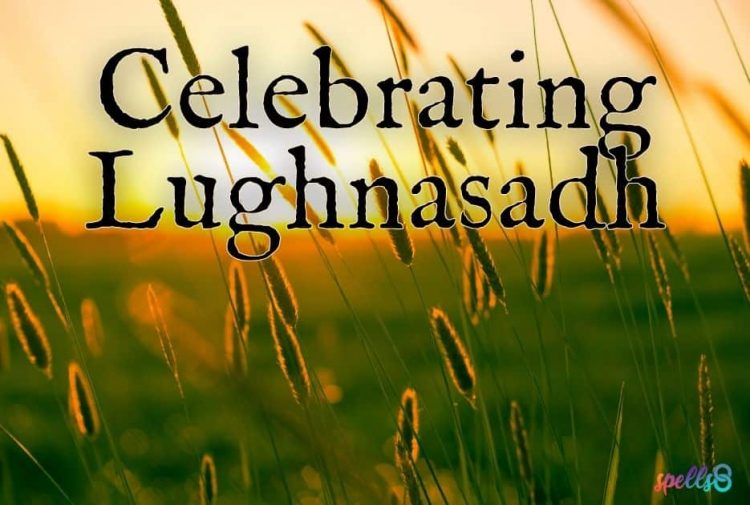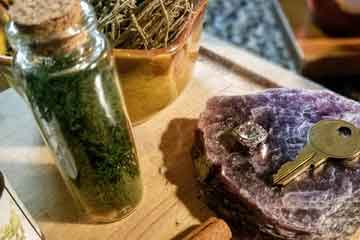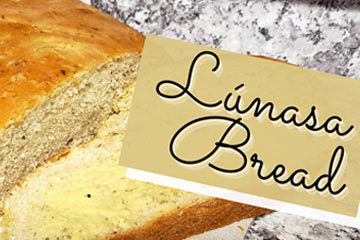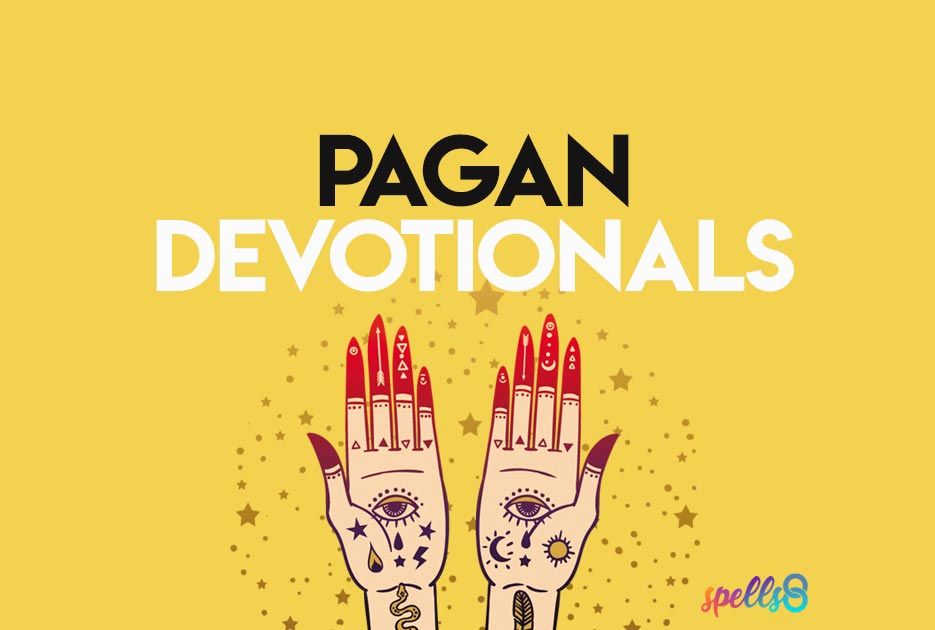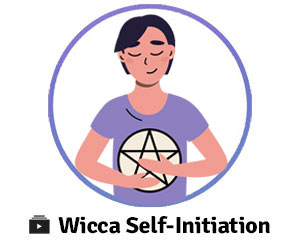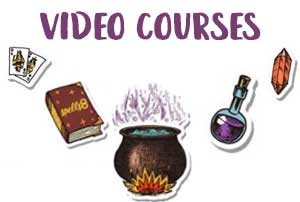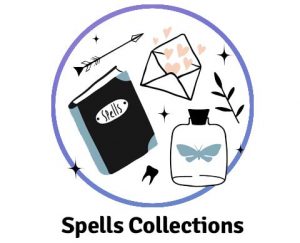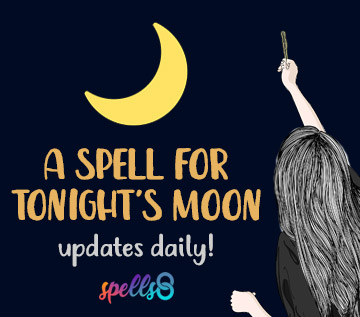Lughnasadh is a Gaelic festival that occurs on August 1st each year, marking the dawn of the harvest season. This holiday marks the midpoint between the Summer Solstice and the Autumn Equinox. Lughnasadh traditions celebrate the first cutting of grain, the bountiful harvests of corn, and the Irish craftsman and warrior god, Lugh.
Traditionally, Lughnasadh is celebrated in Ireland, Scotland, and the Isle of Man. Historically, the occasion was marked with a festive competition testing skills of craft and athleticism in honor of Lugh and his foster mother Tailtiu. Offerings made to Lugh would include a sacred bull and a cutting of the first harvest of corn.
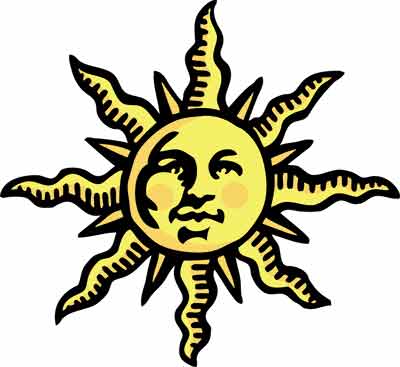
This holiday is considered a cross-quarter day on the neo-pagan Wheel of the Year. In some Wiccan traditions, this is the time of year in which the Horned God’s power begins to wane, and the Goddess prepares for his passing at the coming Samhain.
On the same day, some Christians celebrate the holiday of Lammas in an incredibly similar tradition. With the first harvest of grain a loaf of bread is baked and brought to the church to be blessed. Once its blessing is received, the baker takes the bread back home, breaks it into four pieces, and places them at the four corners of their barn or property to protect the grain in the coming months.
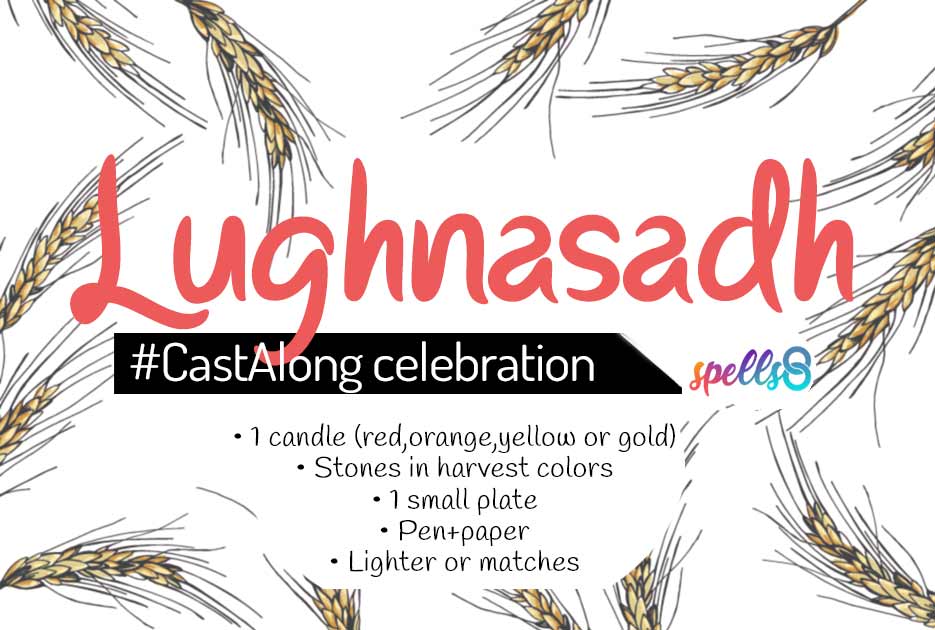
Lughnasadh or Lammas?
Though the two are often conflated in Neo-Pagan groups, Lughnasadh and Lammas are two separate celebrations. Lughnasadh is a holiday that is still celebrated by pagans and non-pagans alike in Ireland, Scotland, and The Isle of Man. Though it doesn’t look like what we think the ancient practices may have been, we do know that the traditions surrounding Lughnasadh have been syncretized and are still alive today.
Lammas is the name typically chosen for the Wiccan Wheel of the Year. It is celebrated as the first harvest festival of the year. As stated above, this is the time of year within Wiccan traditions when the Horned God prepares for his passing during Samhain. This holiday is celebrated with bread baking, frivolity, and feasting.

How to Celebrate Lughnasadh
There are many ways that you can celebrate Lughnasadh or Lammas. Here are a few ideas to help you build your own traditions!
Create a corn husk doll
This traditional craft is great for kids and adults alike and utilizes corn husks gathered during the first harvest of the year. (Don’t worry – you can also find them at your local grocery store!) Kids can dress up their dolls by creating costumes out of wool or felt.
Craft a besom or corn broom
A besom is used by practitioners as a powerful symbol for protection and a potent tool for cleansing and banishing negativity throughout the year. Craft a simple broom using a stick and some brush or corn stalks secured together with twine. Your besom can be as simple or as decorated as you like — feel free to add symbols of protection and prosperity.
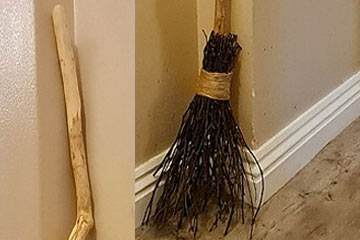
Bake bread
As mentioned, pagans and Christians alike bake loaves of bread on this holiday using the first cutting of grain. Christian farmers will sometimes have the loaves blessed and then used in a protection ritual for their farm and grain. Other bakers may choose to share the loaves with their friends and families or use them as offerings to their deity or deities of choice.
Create a Lughnasadh altar
Create an altar to Lugh, the Horned God, or another harvest deity of your choice. You can decorate your altar with colors that represent the transition of Summer to Autumn. For example, you can use deep reds, rich oranges, and bright yellows. You can include tools of your craft in honor of Lugh, offerings of bread, corn dolls, or other symbols of the harvest.
Craft something in Lugh’s honor
If you’re an artist or craftsman, you can use this time to create something in Lugh’s name. It can be a symbol of the harvest or your craft or even an abstract piece that invokes feelings of the season – what you make is up to you! This is also a great time to attend a craft festival and support local artisans.
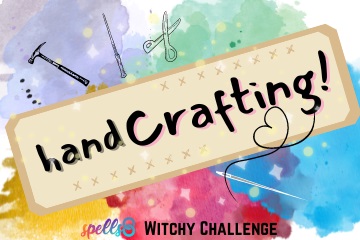
Engage in a competition
Traditionally, Celtic groups who celebrated Lughnasadh engaged in an athletic competition similar to the Olympics. This may have been due to Lugh’s favor of athleticism, but for some, it was practiced as a sort of funeral custom for Lugh’s foster-mother, Tailtiu, who passed from exhaustion during the harvest. By partaking in a friendly competition, we can honor these deities while enjoying the last of the warm weather.
Pick apples and berries
During this time of year, apples and strawberries may be ripe for the picking! This is a great activity if you don’t have any garden veggies or fruits of your own to harvest. You can also visit your local farmer’s market to enjoy fresh, local produce.
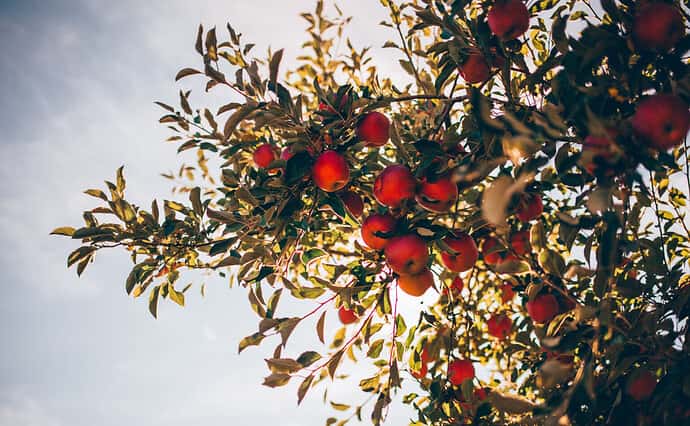
Visit a local brewery
This is a fun way to learn all about how grains and barley are used to create a traditional Irish beverage, get an educational glimpse at the brewing process, and partake in some of the joy along the way.
Hold a Lughnasadh or Lammas harvest ritual
You can hold a candle ritual for Lammas or Lughnasadh to honor the Horned God and Harvest Mother, Lugh, or even a vigil for Lugh’s foster-mother Tailtiu. If you hold a more secular practice you can create a ritual honoring the Earth and asking for blessing in the coming harvest.
Ready to celebrate?
Check out some of these spells and rituals to get some inspiration for Lughnasadh!
Inviting Abundance Spell Jar
Create this spell jar with Janelle over in the coven! This spell jar uses very simple ingredients and an easy-to-remember chant.
Lúnasa Bread Recipe
Megan of ‘Round the Cauldron shared her recipe for a very simple Lughnasadh bread offering. Grab your baking utensils and flour and get started!
Pagan Devotionals
Pagan devotionals are short inspirational hymns that bring us closer to the Deities or the qualities they embody.

